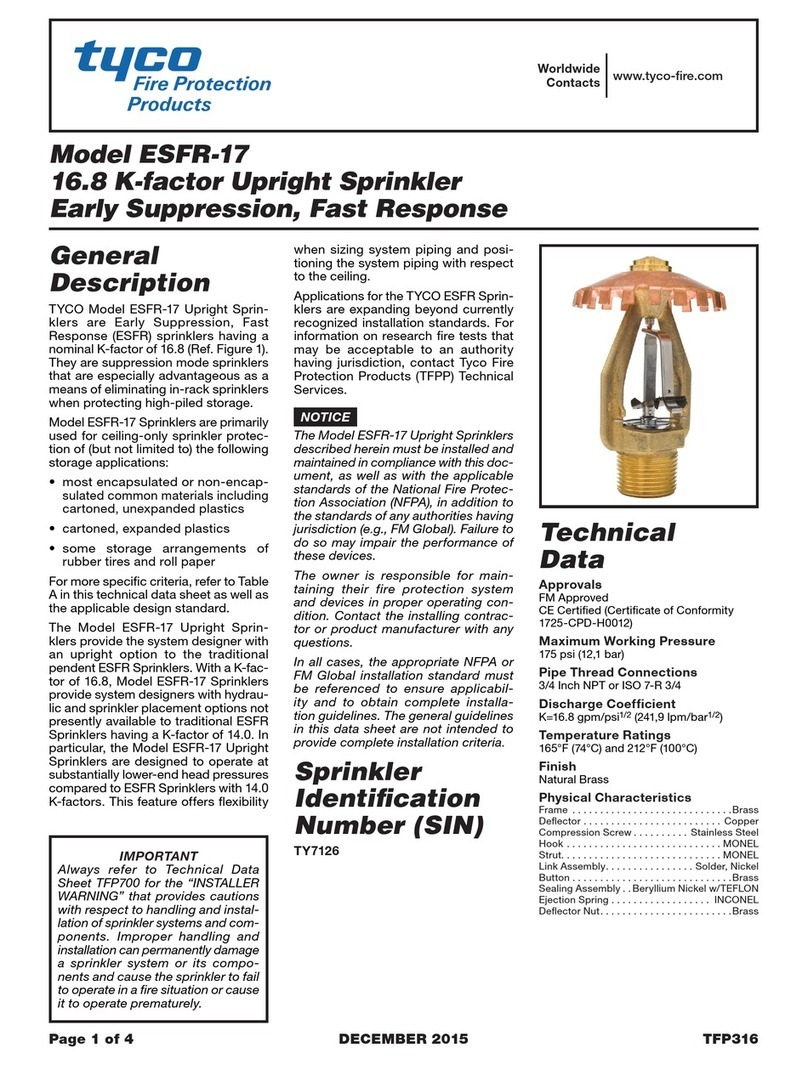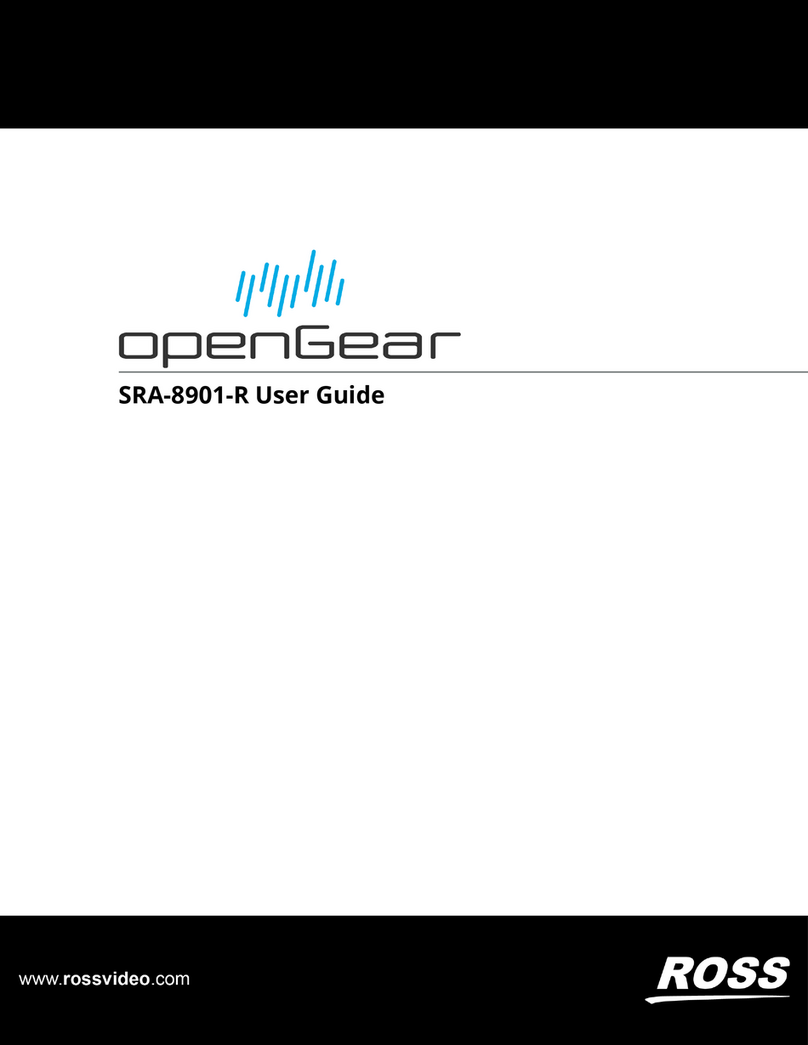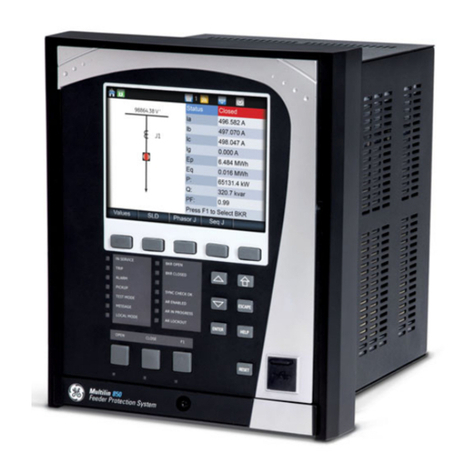
10 X-plore 8000
Use
Perform the following activities outside the danger zone:
1. Select components of the powered air purifying respi-
rator according to the required protection class and task
(see Approval Label on separate „Notes on approval“
sheet).
2. Visual inspection (see section 5.3.1 on page 12)
3. Checking the battery capacity:
a. Press the button to display the battery capacity on the
rechargeable battery.
b. Read the battery status indicator.
c. If the battery capacity is insufficient for the planned pe-
riod of service: Replace or charge rechargeable battery
(see section 5.3.2 on page 12).
4. Inserting the respiratory filter (see section 5.3.3 on page
13).
5. Assembling the carrying system:
a. Position both connection points of the connection plate
on the fan unit sockets.
Ensure that the arrows on the belt and the rear of the
fan unit go together.
b. Push down connection plate until it snaps audibly into
place.
6. Attach accessories if applicable:
Attach comfortable padding to the standard belt with the
press studs.
If needed, the belt extension is attached to the belt
buckle.
For any other accessories refer to the provided assembly
instructions.
7. Donning the device:
a. Adjust the carrying system belt to approximately the
correct circumference.
b. Put on belt and close buckle. The device is located on
the back of the user.
c. Tighten belt and fasten protruding ends with clips on
ends of the belt.
8. Connecting the respiratory inlet covering:
a. Connect the plug-in connector of the breathing hose to
the blower unit.
b. Connect the other end of the breathing hose to the re-
spiratory inlet covering.
9. Switching on the device:
Switch on the blower unit by pushing the button on the
control panel for approx. 2 seconds.
After switching on, the device performs a self-test. Cor-
rect malfunction if the device fails to work properly or
warning devices are triggered (see section 4 on page 11).
10. Don the respiratory inlet covering (see Instructions for
Use of the corresponding respiratory inlet covering).
11.
Adjust the flow rate
using the and buttons as desired.
3.3 During use
3.3.1 Adjusting the flow rate
If necessary (e. g. during increased physical exertion), the flow
rate must be adjusted during operation using the and
buttons.
3.3.2 Warnings and alarms
If a warning appears, leave the working area promptly in view
of the potentially hazardous situation.
Lower the flow rate to increase the period of service if a
warning appears. (Only possible if the lowest level has not
already been chosen.) By lowering the flow rate you can e.g.
extend the battery runtime.
If an alarm is triggered, leave the working area immediately
without any delay.
Check the function of the device after a warning or alarm has
been triggered (see section 4 on page 11).
3.4 After use
Do the following:
1. Leave the hazardous area.
2. Remove the respiratory inlet covering (see Instructions for
Use of the corresponding respiratory inlet covering).
WARNING
Health hazard!
Leave the danger zone immediately in case of:
Decreasing or interrupted air supply (e.g. after
blower failure)
In the hood/helmet/protective visor respiratory inlet
covering type, carbon dioxide can quickly build up
or lack of oxygen may occur. Noxious ambient air
may also penetrate the hood.
Odour or taste developing in the respiratory inlet
covering (filter break). The residual capacity of the
chemical cartridge or the chemical cartridge
components of the combination filter are exhausted.
(replace respiratory filter see section 5.3.3 on page 13).
Drowsiness, dizziness, or other complaints
Damage to the equipment
Displayed alarms(see section 4 on page 11)
Breathing hoses or other components involve the risk
of getting caught. This may damage the device and
interrupt the air supply!
Handle the device with care.
Breathing in during heavy work while wearing the
hood/helmet/protective visor respiratory inlet covering
type may result in negative pressure and the
penetration of unfiltered ambient air!
Increase the flow rate to prevent this from happening.
!





































